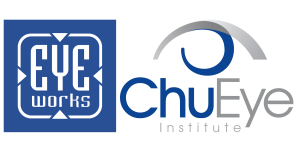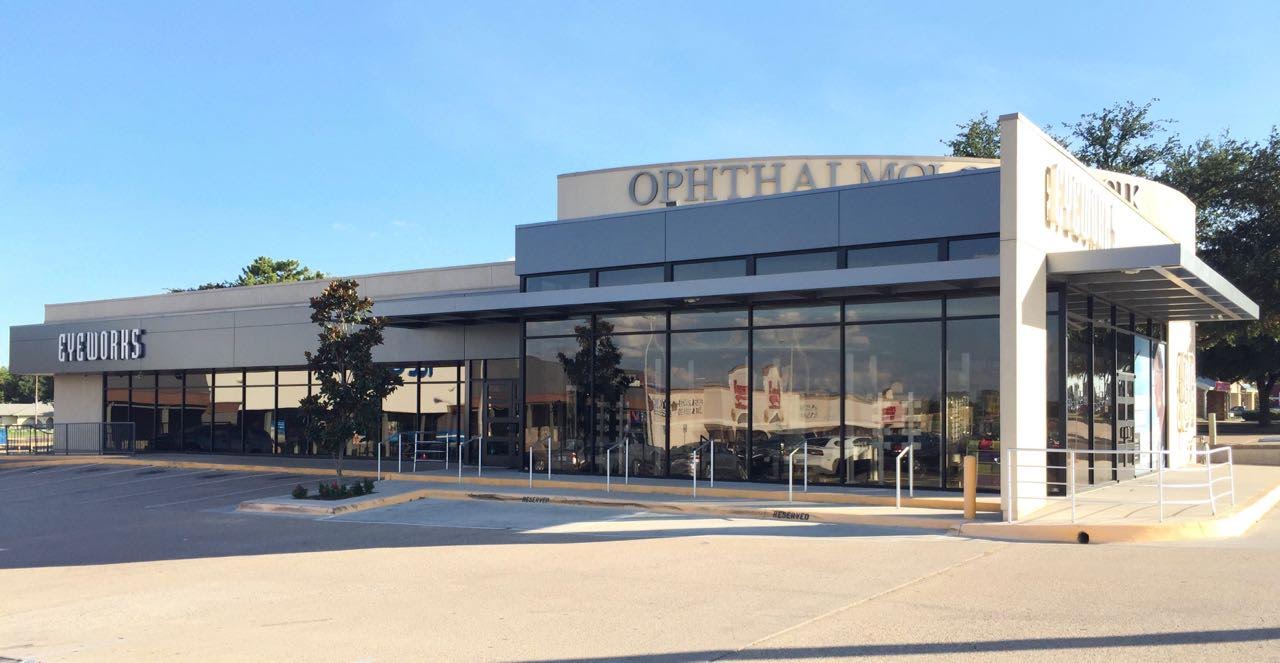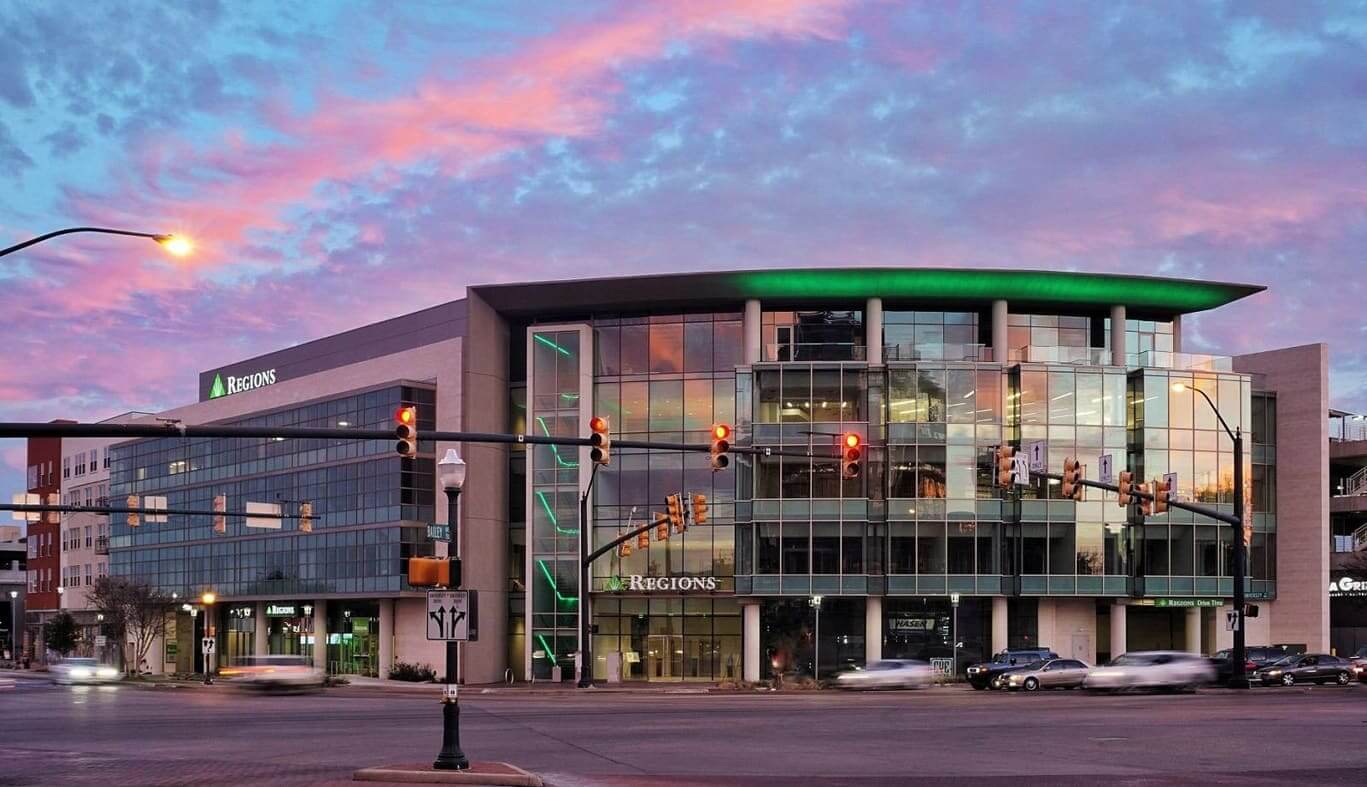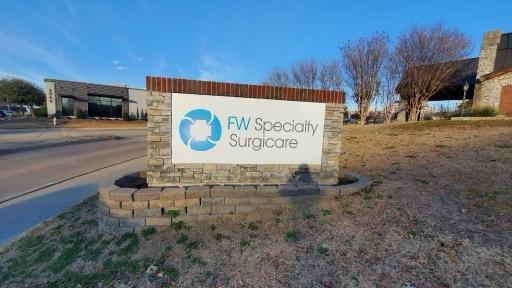Good vision is essential for road safety. In fact, safe driving requires a combination of a number of different visual abilities including distance and near vision, peripheral vision, night vision and color vision, to name a few.
Distance vision in crucial because it allows you to scan the road ahead of you and see any danger that might be present. This gives you more time to react early and prevent an accident from happening. On the other hand, if your distance vision is poor you might not be able to see hazards until it is too late. (Interesting for spinning: distance vision is also influenced by the state of your glasses and windshield, so make sure these are kept clean and free of dust and scratches which can reduce your vision, specifically at night and on bright days.)
Peripheral vision enables you to see on both sides of your vehicle, which is necessary to be aware of pedestrians, animals and cross traffic without having to look away from the road ahead. When changing lanes or turning you also need to see in the peripheral areas of your vehicle. Maximize use of your side and rearview mirrors, ensuring they are adjusted correctly, to enhance your side view while driving.
In order to change lanes, overtake other cars and judge distances in busy traffic, you rely on your depth of perception to be able to judge distances correctly. Accurate depth perception requires adequate functioning in both eyes. If you have lost the use of one eye, you need to be extra careful about depth perception and might even need to stop driving until your vision has adjusted.
Near vision focusing or the ability to accommodate correctly also comes into use on the road. This is the ability to shift your focus from something far to near, such as from the road to the dashboard. If you are over the age of 45, and developing presbyopia, you might have increasing difficulty with near vision and will need glasses to see your dashboard. Speak to your optometrist about the best solution for your particular needs.
(Interesting fact for spinning: Color vision also comes into play on the road. Drivers need to be able to immediately recognize traffic lights, indicator signs, hazard warning lights and stop signs. If you have a color vision defect, your reaction time might be slower than normal. If this is the case, avoid using medium or dark blue sunglasses as these can seriously interfere with your ability to discern colors.)
Don’t wait until you renew or apply for your driver's license to have your eyes checked. You don’t want to endanger your life or the life of others on the road! If you feel your eyesight is not adequate, visit your optometrist and have a thorough eye exam right away.








Leave a Reply